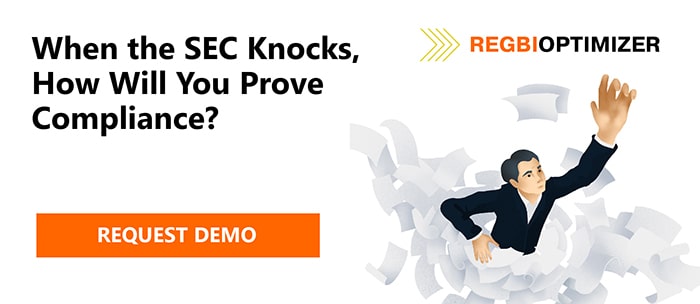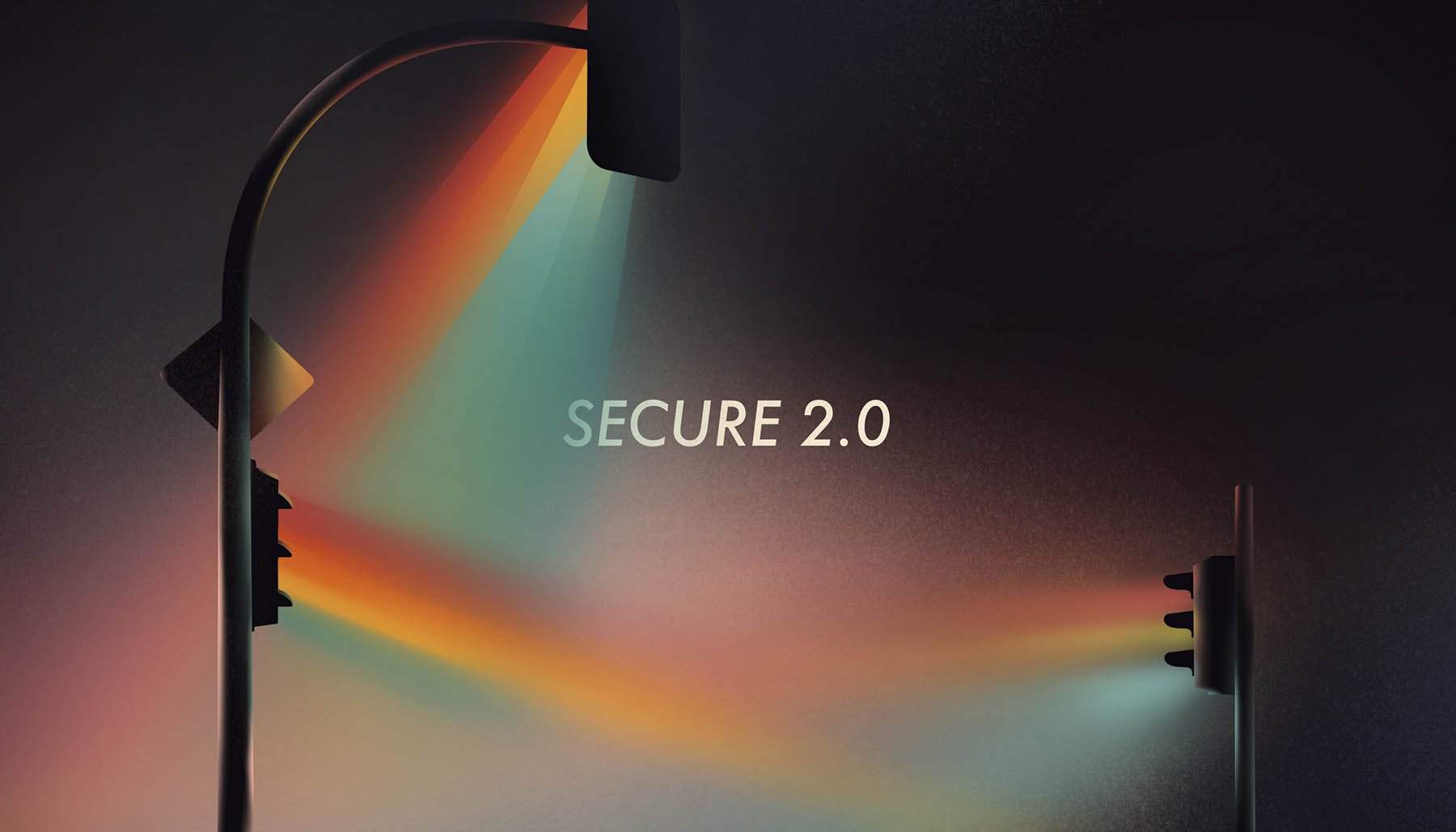The SECURE 2.0 Act was signed by President Biden on December 29, 2022 as part of the Consolidated Appropriations Act (CAA) of 2023. Its main goal is to improve retirement laws on savings accounts, for example by increasing the age of participants for RMDs (required minimum distributions) from 72 to 73 in 2023, and to 75 in 2033, and eliminating RMDs for Roth accounts in 401(k) and 403(b) plans.
The first version of SECURE 2.0 was passed by the House in March 2022 as the EARN (Enhancing American Retirement New) Act, which was originally focused on part-time workers providing them an opportunity to participate in 401(k) plans and easier access to cash with penalty-free withdrawals if they are needed to cover urgent circumstances.
But what are the most recent enhancements for the SECURE 2.0 Act?
1) As was already mentioned, the age for RMDs went up from 73 to 75 (in 2033)
2) New 401(k) and 403(b) plans (established after SECURE 2.0 Act is approved) are required to enroll employees and automatically escalate contributions)
3) Low-income retirees could qualify for a 50% tax credit (up to $2,000) that has to be deposited on an IRA (individual retirement account) (after December 31, 2026)
4) RMD’s will be eliminated from Roth accounts in 401(k)s and 403(b) plans (after December 31, 2023)
5) Limits for catch-up contributions will be raised for 60-year-olds (before December 31, 2024) and 63-year-olds (after December 31, 2024)
6) Elimination of early withdrawal penalties for hardship distributions made by terminally ill participants and participants who live in declared disaster areas (up to $22,000).
7) Creation of an online database by the DOL (Department of Labor) to identify orphaned retirement accounts in order to match them to current plans.
Some experts say that the hype around SECURE 2.0 is indeed overblown, “as some aspects of the program may not meet the expectations of retirees”, as Charles Leaver says, Chief Financial Officer at Healthier Trajectory. For example annuities will not be particularly attractive, and using investments to generate retirement income will not be an option for many retirees, due to the lack of stability in the stock market.
Although people expect the SECURE 2.0 to better protect personal information, in reality there’s still a number of vulnerabilities and security concerns, regarding the sharing of sensitive data online. “Additionally, even with added security, users may not be aware of the potential for malicious actors to access and misuse their data if it is stored in a vulnerable system or platform”, says Mina Tadrus, CEO of Tarus Capital in Tampa.
However, the SECURE Act 2.0 gives people the opportunity to begin saving money right away, because it will allow those who work part time or are in the process of switching jobs to increase how much they save or want to delay when they need to make withdrawals. And when you approach retirement it will increase catch-up contribution limits.
The SECURE 2.0 Act should also help with student loans repayments, as “Qualified student loan payments will now be eligible for your employer’s matching contributions in your retirement plans”, says Tamara Telesko, a TIAA director of wealth planning strategies in New York City.
Fundamentally, since President Biden signed the SECURE 2.0 Act into law on December 29, 2022, a lot of disputes have been put in place. It’s not quite clear whether the Act is over-hyped or it’ll prove to be a real game-changer, but no doubt it’s going to change the workflow of advisors.
At RiXtrema, we like to stay on top of legislative changes in the world of financial advisors. We have a wide range of products designed to make record-keeping and risk analysis much smoother and less time-consuming. For example, RegBI Optimizer can make creating a roll-over report easier for you, considering the latest changes in the law.




